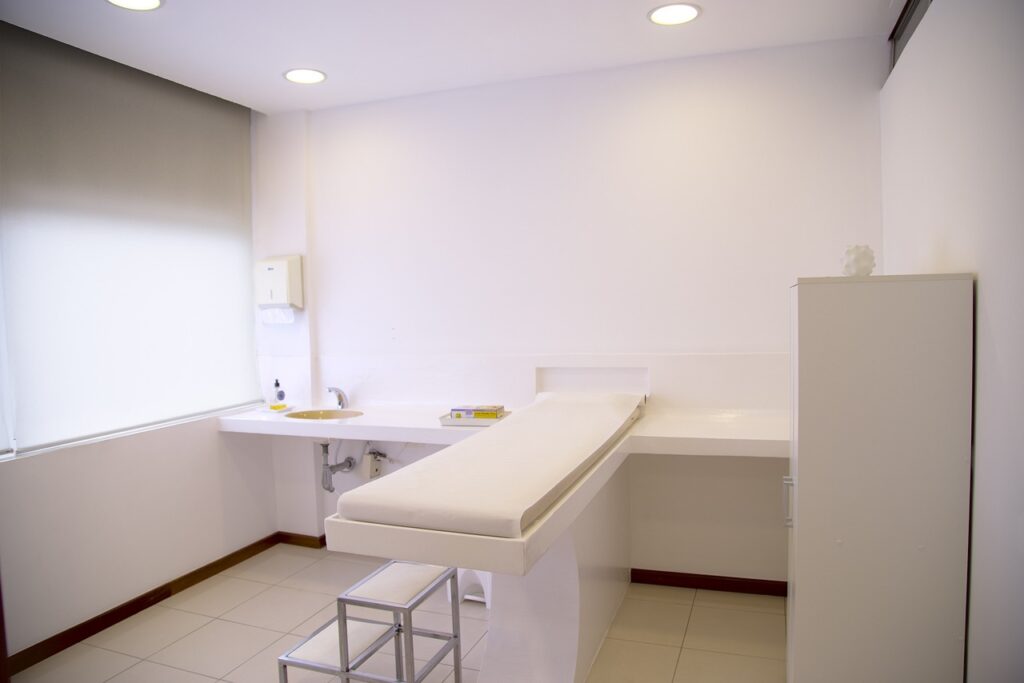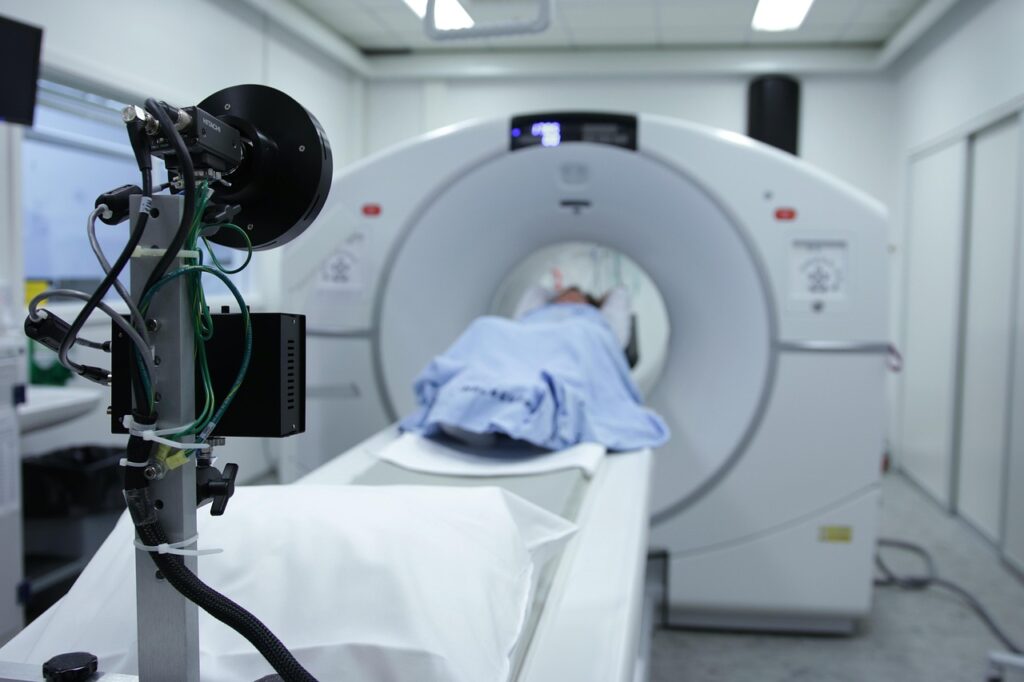Opening a clinic or upgrading an existing healthcare facility in the UAE requires careful planning. One of the most critical aspects is the fit-out process, which transforms a space into a fully functional, safe, and patient-friendly environment. Mistakes during this phase can lead to delays, higher costs, and operational issues. With guidance from Mokza Healthcare, clinics can ensure a smooth, efficient, and compliant fit-out process.
Planning the Fit-out Process Carefully
Proper planning is the foundation of a successful fit-out project. Understanding the scope, timeline, and regulatory requirements is essential before any construction or design work begins. Through professional Fit-out Services guidance, clinics can create detailed plans that align with both patient needs and local regulations.
Key areas to focus on during planning include:
- Understanding regulatory requirements and compliance
- Designing for efficiency and comfort
- Selecting the right materials
- Coordinating construction and technical installations
- Engaging professional fit-out services
- Conducting final inspections and operational readiness
This summary helps clinics anticipate the main steps and avoid common pitfalls before starting the project.
1. Understanding Regulatory Requirements
Healthcare facilities in the UAE must comply with strict guidelines for safety, hygiene, and accessibility. Ignoring these regulations can lead to delays or rejection of approvals.Regulatory considerations include fire safety systems, waste management, ventilation, lighting, and accessibility for patients with disabilities. Ensuring that the design meets these standards from the start prevents issues during inspections and contributes to patient safety.
2. Designing for Efficiency and Comfort
A clinic’s layout affects staff productivity, patient experience, and operational efficiency. Common mistakes include overcrowded rooms, poor workflow, and inadequate space for medical equipment.Effective design allocates separate zones for consultation, treatment, and waiting areas, optimizes patient flow, ensures adequate lighting and ventilation, and incorporates flexible spaces for future expansion. A well-planned layout improves operational efficiency while enhancing patient satisfaction.

3. Selecting the Right Fit-out Materials
Choosing durable, hygienic, and easy-to-maintain materials is crucial for healthcare settings. Poor material choices can increase maintenance costs and compromise safety.Healthcare providers should use antimicrobial surfaces in treatment areas, choose slip-resistant flooring, select long-lasting furniture, and ensure paints and coatings meet safety standards. Using appropriate materials ensures long-term durability, hygiene, and patient safety.
4. Coordinating Construction and Technical Installations
Construction and technical systems installation are often the most complex steps in the fit-out process. Delays often occur when coordination between teams is poor.
Proper coordination involves scheduling construction activities to minimize disruption, ensuring MEP (Mechanical, Electrical, Plumbing) systems are installed correctly, monitoring project timelines, and conducting regular site inspections to catch issues early. This approach reduces errors, keeps the project on budget, and ensures deadlines are met.
5. Engaging Professional Fit-out Services
Many clinics attempt fit-outs without expert guidance, which often leads to mistakes and inefficiencies. Professional services like Mokza Healthcare provide end-to-end support.
Expert guidance ensures complete compliance with regulations, access to trusted contractors, streamlined project management, and reduced risks, resulting in faster and higher-quality project completion.
6. Final Inspections and Operational Readiness
Before opening a clinic, final inspections ensure that the facility is compliant, functional, and safe. Overlooking this step can delay operations and affect patient care.Final checks include verifying safety and emergency systems, confirming equipment is operational and certified, ensuring hygiene standards are met, and conducting staff walkthroughs for workflow efficiency. Completing these steps ensures a smooth launch and avoids unexpected issues.

Conclusion
A smooth fit-out process is essential for clinics in the UAE to ensure efficiency, safety, and patient satisfaction. Careful planning, regulatory compliance, smart design, durable materials, proper coordination, professional support, and final inspections are key to a successful project. Partnering with Mokza Healthcare ensures clinics navigate the fit-out process confidently, saving time, money, and stress.
FAQs
1. Why is professional fit-out support important for clinics?
It ensures compliance, reduces errors, and streamlines the project.
2. How long does a typical clinic fit-out take in the UAE?
Timeline varies by size, complexity, and regulatory requirements.
3. Can fit-out materials affect patient safety?
Yes, using hygienic and durable materials reduces infection risk.
4. What is the role of MEP in clinic fit-outs?
Proper MEP installation ensures efficient electricity, plumbing, and ventilation.
5. Do inspections occur before clinic opening?
Yes, final checks ensure compliance, safety, and operational readiness.



